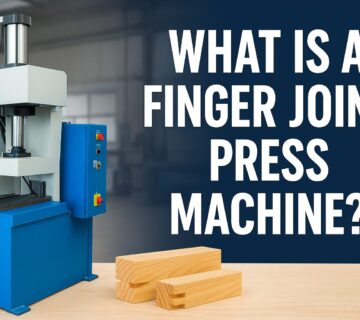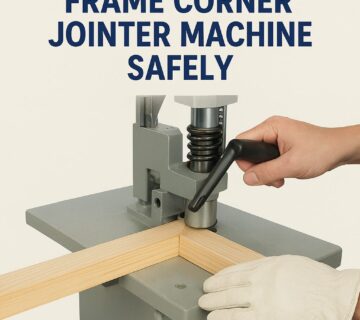The Versatile Uses of Finger Joint Press Machines
In the world of woodworking and furniture manufacturing, finger joint press machines play a crucial role in creating durable and aesthetically pleasing products. These machines are essential for producing finger jointed wood pieces, which are known for their strength and stability. In this blog, we’ll explore the various uses of finger joint press machines and how they contribute to efficiency and quality in woodworking processes.
1. Strengthening Wood Joints
One of the primary uses of finger joint press machines is to create strong and durable joints between wood pieces. The finger jointing technique involves cutting interlocking “fingers” or “teeth” into the ends of two wood pieces and then gluing them together. The press machine applies high pressure to ensure a tight bond, resulting in a joint that is often stronger than the original wood. This method is particularly useful for creating long, straight boards from shorter pieces of wood.
2. Producing High-Quality Furniture Components
Finger joint press machines are widely used in the furniture industry to manufacture high-quality components. By joining multiple pieces of wood, manufacturers can produce panels, tables, and cabinets with fewer defects and greater strength. This technique allows for more efficient use of wood, reducing waste and lowering production costs. The resulting furniture components are not only more durable but also have a consistent appearance.
3. Enhancing Wood Utilization
Wood is a valuable resource, and finger joint press machines help maximize its utilization. By joining smaller pieces of wood, manufacturers can make use of wood that might otherwise be discarded. This practice not only reduces waste but also provides an eco-friendly solution by making the most of available materials. The finger jointing process helps in creating large panels and boards from smaller offcuts, improving overall material efficiency.
4. Creating Decorative Wood Patterns
Finger joint press machines are not limited to structural applications; they can also be used to create decorative patterns. The interlocking joints can be designed to produce unique and attractive patterns that enhance the visual appeal of wood products. This capability allows for creative design options in furniture, cabinetry, and other wood products, adding a distinctive touch to the finished pieces.
5. Improving Production Efficiency
The automation of finger joint press machines significantly improves production efficiency. Modern machines are equipped with advanced features such as precise control systems and high-speed operation, which streamline the finger jointing process. This automation reduces manual labor, speeds up production times, and ensures consistent quality across all wood pieces. As a result, manufacturers can meet high production demands while maintaining high standards.
6. Customizing Wood Products
Finger joint press machines offer versatility in customizing wood products. Manufacturers can adjust the machine settings to accommodate different wood types, joint sizes, and configurations. This flexibility allows for the production of custom-sized panels and components tailored to specific project requirements. Whether it’s for bespoke furniture or specialized applications, finger joint press machines provide the adaptability needed for customization.

